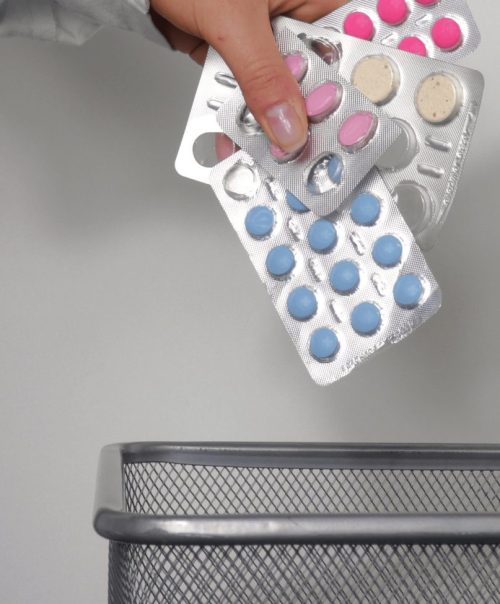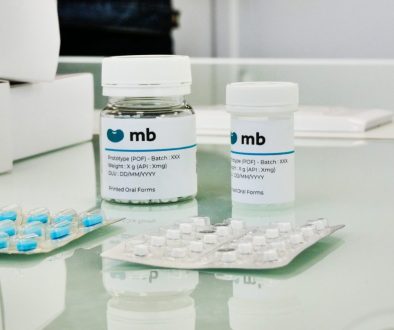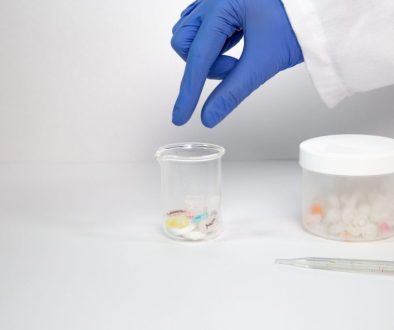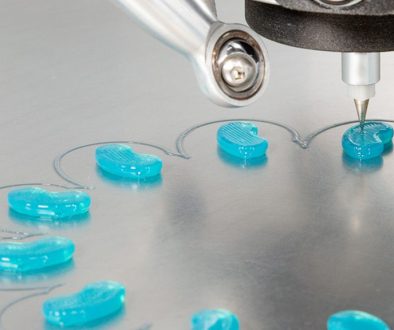Pharmaceutical 3D printing of medications in response to waste
Currently, proposed medications do not address the challenges related to waste. This is due to the packaging and development phases of these medications.
The issue of household waste of pharmaceuticals
The fixed number of medications contained in boxes can lead to a mismatch between the quantity contained and the needs of patients, which poses a risk of waste. Indeed, patients, in their care, require a precise but variable quantity of medications.
Generally, patients’ medication needs are lower than the number of medications contained in the boxes. After treating a patient, a certain quantity of medications remain unused. Currently, this is the decentralization of production which does not allow for an alignment of the number of medications according to the needs of each patient.
This waste contributes to transforming medications into household pharmaceutical waste. Many people, faced with expired or unnecessarily stored medications, end up throwing them in the dustbin.

In France, 17,600 tonnes of household pharmaceutical waste were recorded in 2018, equivalent to 260 grams per inhabitant. This figure underscores the need for tailored patient care to address this phenomenon at an individual level.
Waste upstream of medication delivery
The major stages of drug development can be a significant source of waste. From fundamental research to market authorization, losses in medications occur at every stage of the process. The Phase II stage is particularly prone to waste.
Currently, during Phase II of a clinical trial, various dosages are tested to assess the dose that allows the medication’s effectiveness. Generally, all of these dosages are manufactured before the study. Consequently, once the optimal doses are selected, the other dosages are discarded. It is estimated that 50 to 70% of medications for clinical investigations are not used.
Furthermore, when developing a new medication, establishing a specific dosage requires time and resources. When the development project involves modifying medication dosages, it must be redeveloped, requiring new medication resources and the rejection of pre-existing ones if they do not meet the requirements.
The issue of waste is a major challenge in the development phases, requiring effective resource management to minimize losses and optimize results.
3D Printing: an innovation from powder to medication box
The challenge of reducing waste of raw materials and medications relies on the pharmaceutical industry’s innovation capacity. Through medication 3D printing technology, the possibility to rethink how medications are developed, manufactured, and distributed emphasizes waste reduction.
Firstly, it can contribute to revolutionizing drug dispensing in pharmacies. By enabling the customization of medications, 3D printing opens the possibility of producing a quantity of medication tailored to individual patient needs. Rather than receiving a standardized quantity of medications in a box, the patient can obtain the exact number of medications needed.
Consequently, 3D medication printing technology can contribute to reduce household pharmaceutical waste.
Also, during the development of a new medication, 3D printing offers an innovative solution to traditional manufacturing methods, which can lead to overproduction and overconsumption of raw materials. 3D printing minimizes losses and waste associated with medication production. With the help of this innovative technology for customized medications, it will be possible to produce medications flexibly and efficiently closer to clinical studies. Up to 50% of medication waste during these development phases could be limited.
Conclusion
Thanks to the development of the medication 3D printing technology, MB Therapeutics is moving towards a more environmentally friendly medicine. By reducing waste of raw materials and offering more precise and personalized manufacturing, this technology paves the way for a future where medication manufacturing is more efficient and sustainable.


